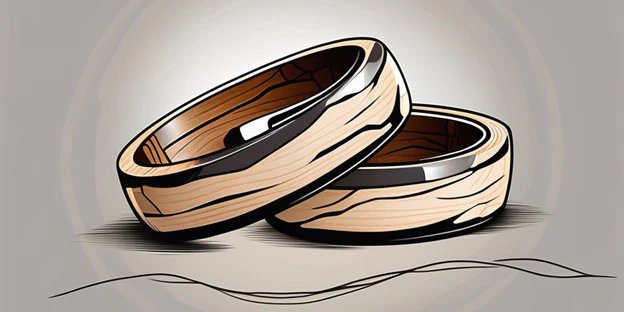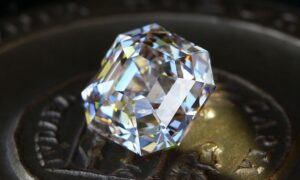
The Beauty and Durability of Wood Rings: Exploring the Pros and Cons
Introduction
Wood rings have acquired popularity as singular and eco-friendly alternatives to established metal rings. With their rustic charm and unrefined appeal, wood rings offer an additional aesthetic that sets them other from other types of jewels. However, like any different material, wood rings come with their own set of experts and cons.
Let us delve into the benefits and disadvantages of selecting wood rings for your special occasion.
Pros of Wood Rings:
1. Eco-Friendly:
Choosing a wood ring may be a conscious resolution to support environmentally friendly practices in jewelry manufacturing.
2. Lightweight and Comfortable:
Wood rings are significantly easier than metal rings, making them more comfortable to wear for long periods. The lightweight character of wood rings guarantees that you can wear them during the whole of the day outside feeling weighed down.
3. Hypoallergenic:
For things with mineral allergies or sensitivities, forest rings provide a hypoallergenic alternative that is mild on the skin. Wooden rings are less likely to cause sensitivity or allergic responses, making them suitable for those accompanying sensitive skin.
Cons of Wood Rings:
1. Durability Concerns:
While wood rings are long-lasting, they are more prone to scratches, dents, and damage compared to ore rings. To maintain the durability of a wood ring, normal care and maintenance are required, in a way that avoids uncovering water, chemicals, and extreme hotness’s.
2. Limited Resizing Options:
Resizing a wood ring can be questioning compared to hardware rings. Due to the nature of the forest, resizing may not always be attainable without conceivably compromising the completeness of the ring. It is essential to guarantee the correct ring size when buying a wood ring to prevent resizing issues.
3. Sensitivity to Moisture:
Wood rings are susceptible to moisture and humidity, which can cause the forest to swell or warp over the period. It is essential to remove a forest ring before activities that include exposure to water, to a degree swimming, or washing dishes, to prevent damage to the ring.
4. Maintenance Requirements:
Wood rings require balanced maintenance to maintain their appearance and integrity. Routine cleansing with simple, damp fabric and periodic reconditioning with forest-friendly lubricate or wax are owned to keep the wood expecting vibrant and forestall drying or cracking.
5. Limited Design Versatility:
While forest rings offer a unique and natural beauty, they may have restricted design versatility distinguished from metal rings. The inherent traits of wood, to a degree grain patterns and color differences, may restrict the range of design alternatives available for forest rings.
Conclusion
Wood rings offer a different and environmentally friendly alternative to usual metal rings, with their normal beauty, inconsequential comfort, and customization options. However, potential concerns regarding a degree of durability, resizing limitations, liquid sensitivity, support requirements, and design limits should be considered when selecting a wood ring.
Ultimately, the resolution to opt for a forest ring depends on personal preferences, style desires, and willingness to maintain the necessary care and perpetuation practices to ensure the longevity of this unique jewelry piece.


